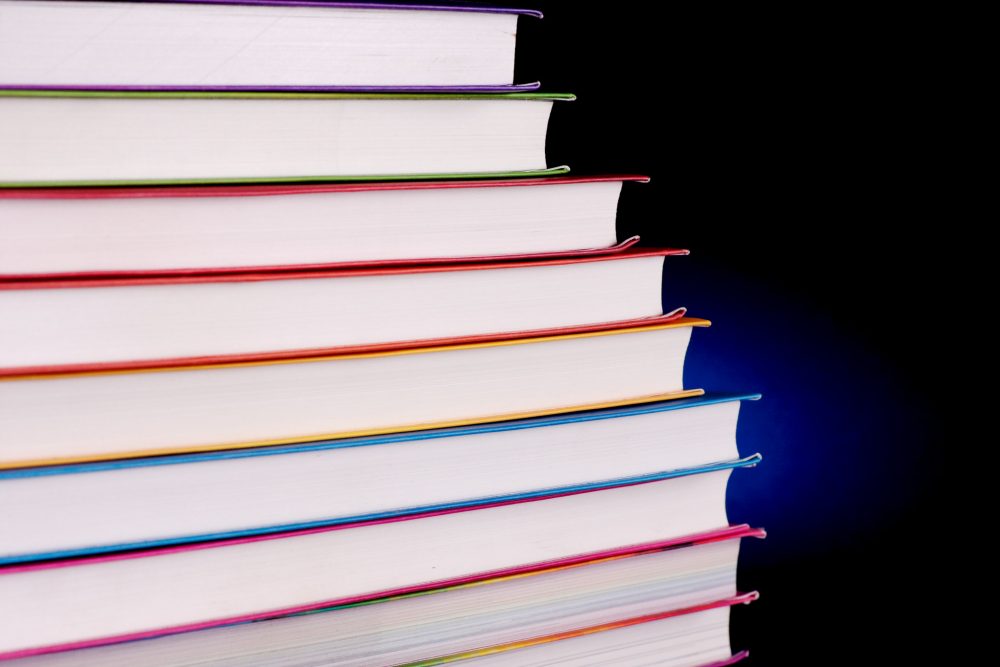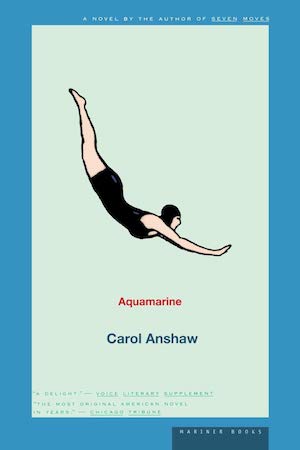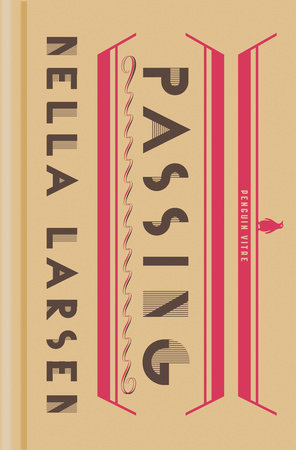Electric Lit relies on contributions from our readers to help make literature more exciting, relevant, and inclusive. Please support our work by becoming a member today, or making a one-time donation here.
.
I feel a little self-conscious about this admission, but here it goes: I’m mostly a self-taught writer. I was a women’s studies major who went on to graduate school in library science, and I cannot tell you the names of essay types to save my soul. My creative writing education is gleaned from reading like a writer, breaking down what I’m consuming into its parts to better understand how others create chemistry and build tension. While writing my debut A World Between––which follows two queer women of color over the course of thirteen years as they grow away from and towards each other––this education focused on reading more queer writers, whether blockbuster books or titles that weren’t on everyone’s lips.
It’s informal, but it does feel like there is a queer canon once you peruse those “Top 10 LGBTQ Must-Read Books!” lists. The Price of Salt, check. Audre Lorde’s Zami. A Single Man. All of Sarah Waters’ work. Giovanni’s Room. Check, check, check. These are works deserving of inclusion on these lists, on many lists, but inevitably others get sidelined and don’t receive appropriate attention. What follows are some of those titles that I missed, and maybe you did too, books that traverse genres––novels, nonfiction journalism, humor, graphic novels, and memoir. What unites them is queerness in all of its forms, and being incredibly worthy of your time.

After Delores by Sarah Schulman
Published in a time when out lesbian writers were simply not handed publishing contracts, After Delores is a fabulous, funny, and dark book about longing after a break-up—but it’s also sort of a murder mystery with an entirely unreliable narrator; perhaps its genre-status is the reason why it shamefully isn’t on all of the lists of top LGBTQ books. It should be for many reasons, if not only for this: “Charlotte taught me the trick. She says that if you’re talking to a woman and she looks you in the eye and really sees you and listens to what you say, then you know she’s gay.” An important tip.
And the Band Played On by Randy Shilts
Did you, like me, skip this massive and painstakingly detailed chronicle of the early history of HIV and AIDS for fear it would take you years to read, or bore you, or reduce you to a puddle of tears? This book gives life to those profiled as if a novel, and the people––many of whom are no longer with us––put grief in my heart as we lost them page by page. Reading it was a transformative experience, inspiring a mention in my book, a career for one character, and allowed me to flesh out another. Thinking of And the Band Played On today, in the midst of this horrifying pandemic, is a reminder of the relationship between disease, politics, public health, and communities grappling for survival.
Aquamarine by Carol Anshaw
I was late to this book and find it truly agonizing that other queer women don’t know about it either. Perhaps its 1992 publication year precludes me and my old millennial friends from being of age for this wonderful novel that introduces us to Jesse, then spins her off into three discrete directions, a fully realized Choose Your Own Adventure that shows us different endpoints her life could have reached. It’s creative and sticks with you way after you’ve read it, and should be on every queer book list.
Dress Your Family in Corduroy and Denim by David Sedaris
David Sedaris seems to escape encapsulation in queer book lists, but the humorist’s take on everything from racist Dutch holiday traditions to his brother’s nuptials are queer as in gay and queer as in defying expectations. Sedaris often references his partner Hugh, but in my favorite essay, “The End of the Affair,” he dives in deeper to their long-term relationship and how real love can’t compare to the film which shares a title with this piece. Though the essay is all about how unromantic he is, it contains a gem worthy of literary wedding vows: “Call me unimaginative, but I still can’t think of anyone else I’d rather be with.”
The Essential Dykes to Watch Out For by Alison Bechdel
While Fun Home probably squeaks into the queer canon, Bechdel’s comic strip-turned-collection about a diverse group of queer female friends may lack inclusion for its less serious origins. But to ignore these stories is to turn away from unrepentant queer narratives covering love and its loss, drag kings, divorcing in a pre-marriage equality era, and femininst bookstores. The comic spanned two decades, allowing us into the ongoing lives of characters who felt more like someone you knew.
Passing by Nella Larsen
Ernest Hemingway’s A Farewell to Arms was published the same year as Passing, and a hell of a lot more people know about that dude than Larsen, which causes a potent sadness and anger in me. Larsen’s slim novel packs a skillful punch, exploring main characters Clare and Irene’s movement across the Black and white color line in 1920s Harlem whether for pleasure or survival. What earns it its spot on this list is the sexual grey area between the two women, with references to “a tempting mouth,” and lines like: “For Clare had come softly into the room without knocking, and before Irene could greet her, had dropped a kiss on her dark curls.”
Redefining Realness by Janet Mock
Janet Mock’s memoir is a revelation, a mainstream book that is completely conscious of the intersections of gender, race, sexual orientation, and class. The story of Mock’s childhood and teenage years paints scenes of her struggles to express her true self and is extraordinarily painful at times, while at others is lit with revelatory glee. The queer canon seems to exclude trans narratives, especially those of Black trans women, and Mock’s prominence is a needed antidote.







